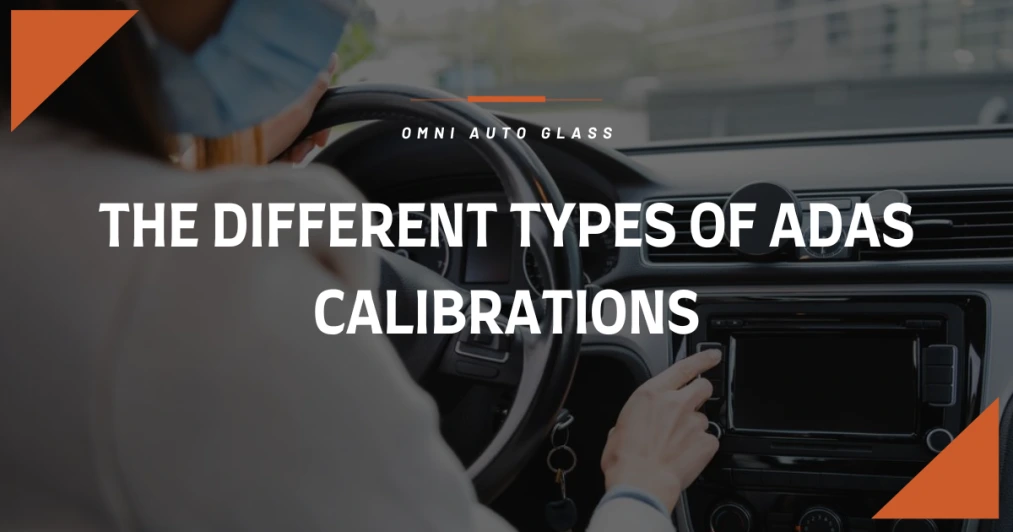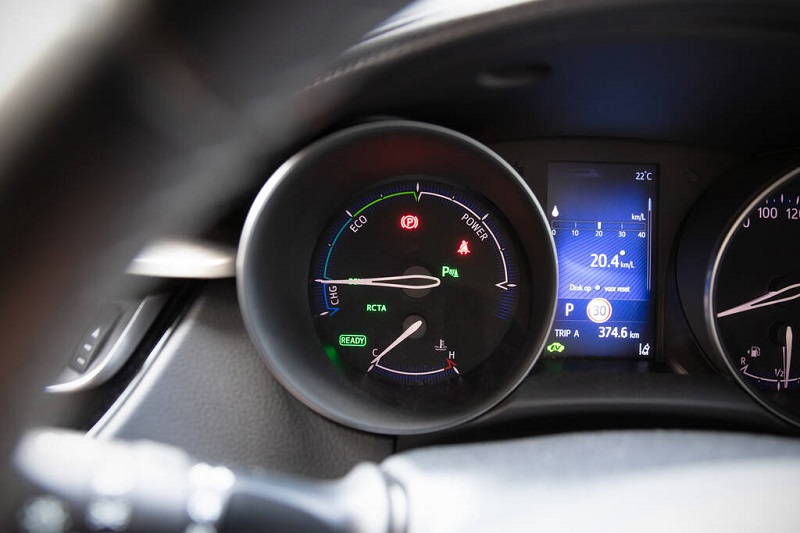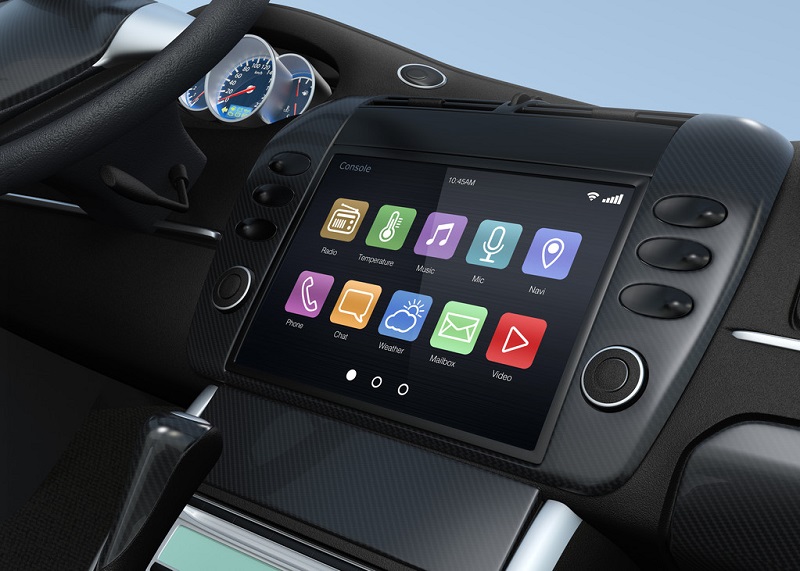Advanced Driver Assistance Systems (ADAS) are a growing trend in the automotive industry. These systems are designed to improve safety and convenience for drivers by providing automatic, semi-automatic, and/or manual control of a vehicle’s various systems. This article will explore the different types of ADAS calibrations available.
What is the ADAS Calibration System?
Advanced Driver Assistance Systems (ADAS) are an important component of modern cars that help to improve safety on the road. ADAS systems use a variety of sensors, cameras, and other technologies to detect and respond to potential hazards on the road. As these technologies become more sophisticated, it is important to ensure that they are properly calibrated in order to work correctly. ADAS Calibration system is a process that helps to ensure that the sensors and other components of an ADAS system are properly aligned and functioning correctly.
ADAS sensors are expertly installed in their factory-recommended positions in a new car. All sensors are pointing in the same, exact location. But throughout a vehicle’s lifespan, events like collisions, minor fender benders, and nearby repairs or part replacements can throw sensors out of alignment. For instance, after replacing the windshield, vehicles with a forward ADAS camera mounted on the windshield will need to be calibrated.
Sadly, not all ADAS sensors have the ability to self-diagnose and alert the driver when they are out of calibration. To ensure that an automobile’s ADAS systems work correctly, automotive professionals must be aware of and adhere to OEM standards regarding ADAS calibration.
Types of ADAS Calibration
There are two types of ADAS calibration: static and dynamic.
Static ADAS Calibration
As the name suggests, static ADAS calibration doesn’t involve driving; it happens on a stationary vehicle. An array of extremely sensitive technology is used in a specialized workshop rather than a handheld device to evaluate each component or feature and then return it to optimal operation.
Dynamic ADAS Calibration
Dynamic ADAS calibration utilizes a portable device linked to the car’s systems. Then, in good weather, the vehicle is driven a predetermined distance at a predetermined speed. For the system to adapt to typical driving conditions, the manufacturer of the vehicle will specify the distance and speed.
Comparison of Static and Dynamic Calibration
Both static calibration and dynamic calibration techniques for calibrating ADAS systems have benefits and drawbacks. In terms of precision, time frame, and cost, we can compare:
Precision:
The accuracy of dynamic calibration exceeds that of static calibration. Dynamic calibration accounts for the conditions and circumstances of real-world driving, such as varying speeds, turns, and terrain changes. Only static setups can be used for static calibration.
Time:
Dynamic calibration takes longer and is slower than static calibration. Dynamic calibration requires the vehicle to drive in various scenarios and environments because static calibration is done in a fixed setup.
Cost:
The cost of static calibration is lower than that of dynamic calibration. Static calibration needs a controlled environment and less specialized equipment. When performing dynamic calibration outdoors, there are more environmental factors to take into account and specialized equipment is needed.
Visit Omni Auto Glass shop for affordable ADAS windshield calibrations.
Back to top: The Different Types of ADAS Calibrations



